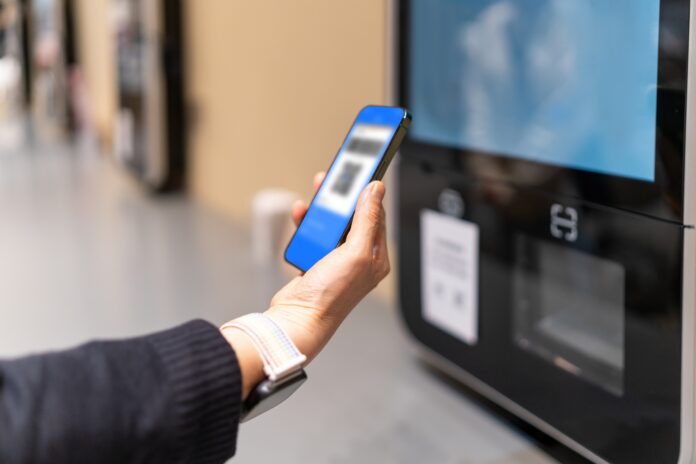Real-time payments in the Philippines are expected to provide banking access to nearly 21 million unbanked Filipinos, contributing an additional $323 million to the country’s economy by 2028, according to a report by ACI Worldwide and The Centre for Economics and Business Research (Cebr). The report highlights how real-time payments could drive economic growth and improve financial inclusion, potentially lifting millions out of poverty.
By increasing the banked population by 23 percent, real-time payments are forecast to generate a USD28.7 billion profit opportunity for financial institutions by 2028, based on an average customer lifetime value of USD1,375. Real-time payments are seen as a crucial enabler of societal transformation, bridging gaps in financial access and empowering millions of Filipinos, said Leslie Choo, senior VP at ACI Worldwide.
With the Philippines’ digital payment adoption accelerating, driven by government initiatives and increased consumer use, the Bangko Sentral ng Pilipinas (BSP) reports that digital payments now represent 52.8 percent of retail transactions by volume, aiming for a 60-70 percent share by 2028. As this momentum continues, real-time payments are poised to fuel both economic growth and financial inclusion, reshaping the country’s financial ecosystem.







